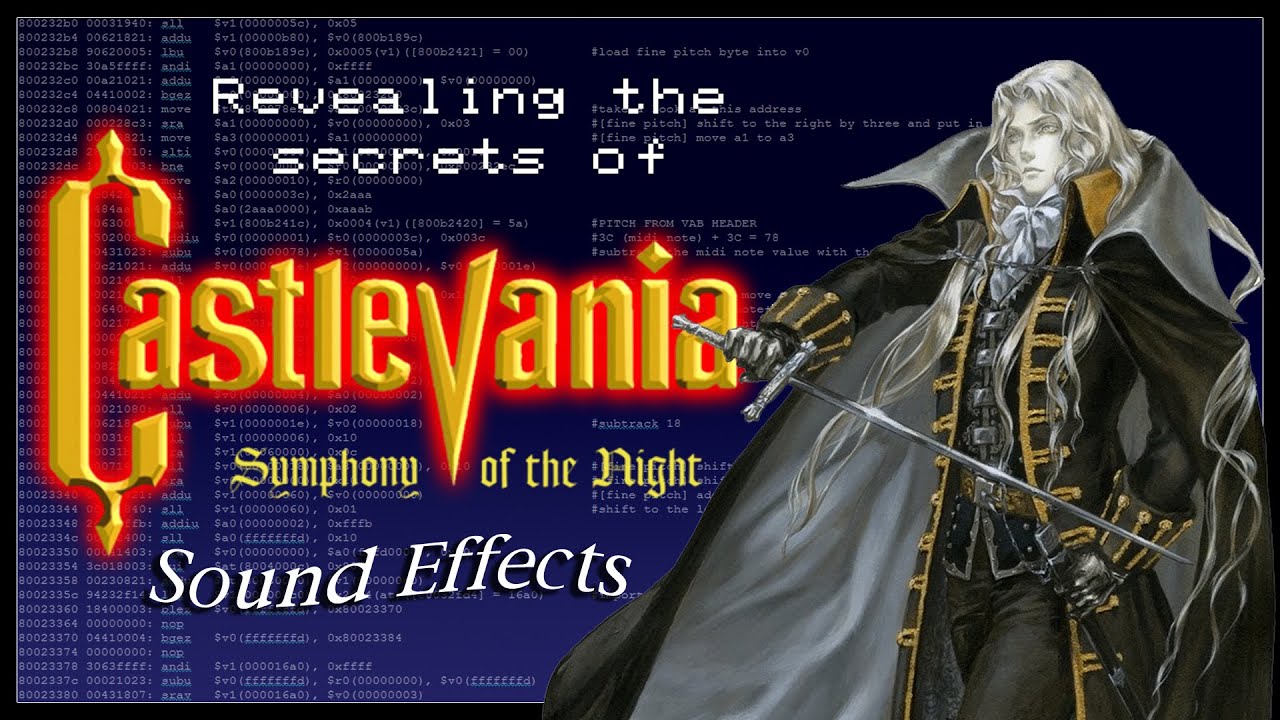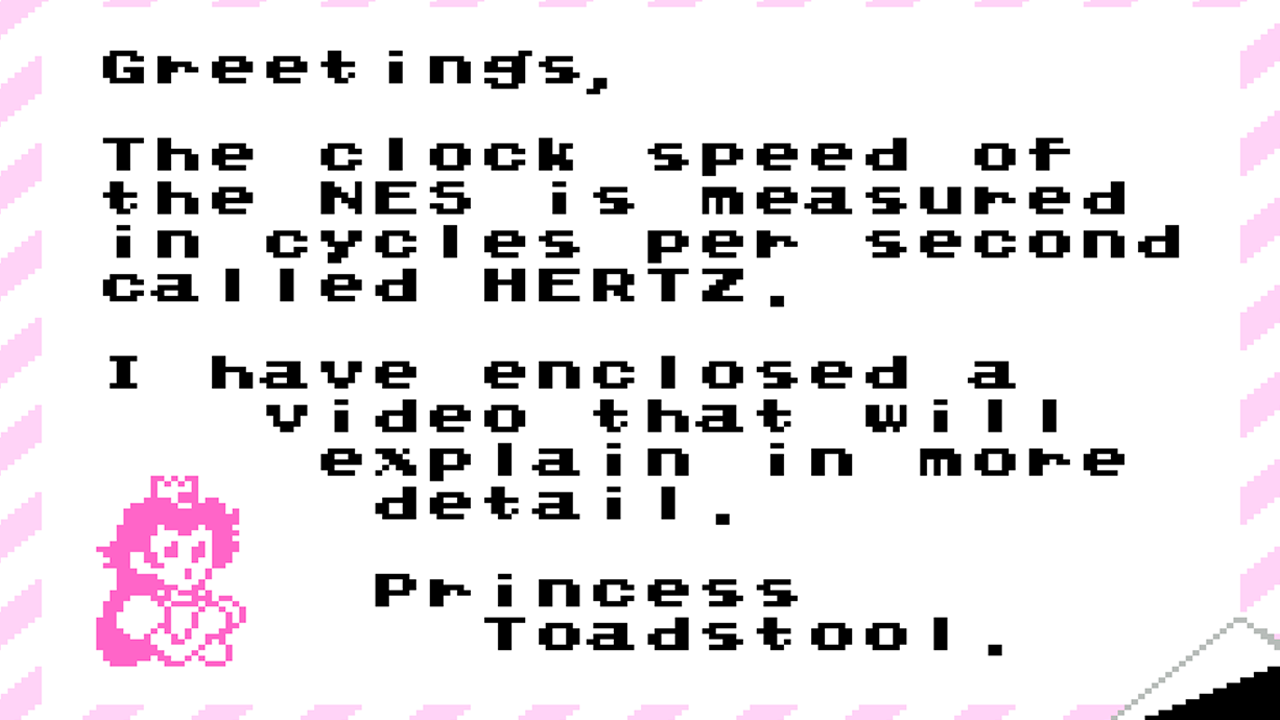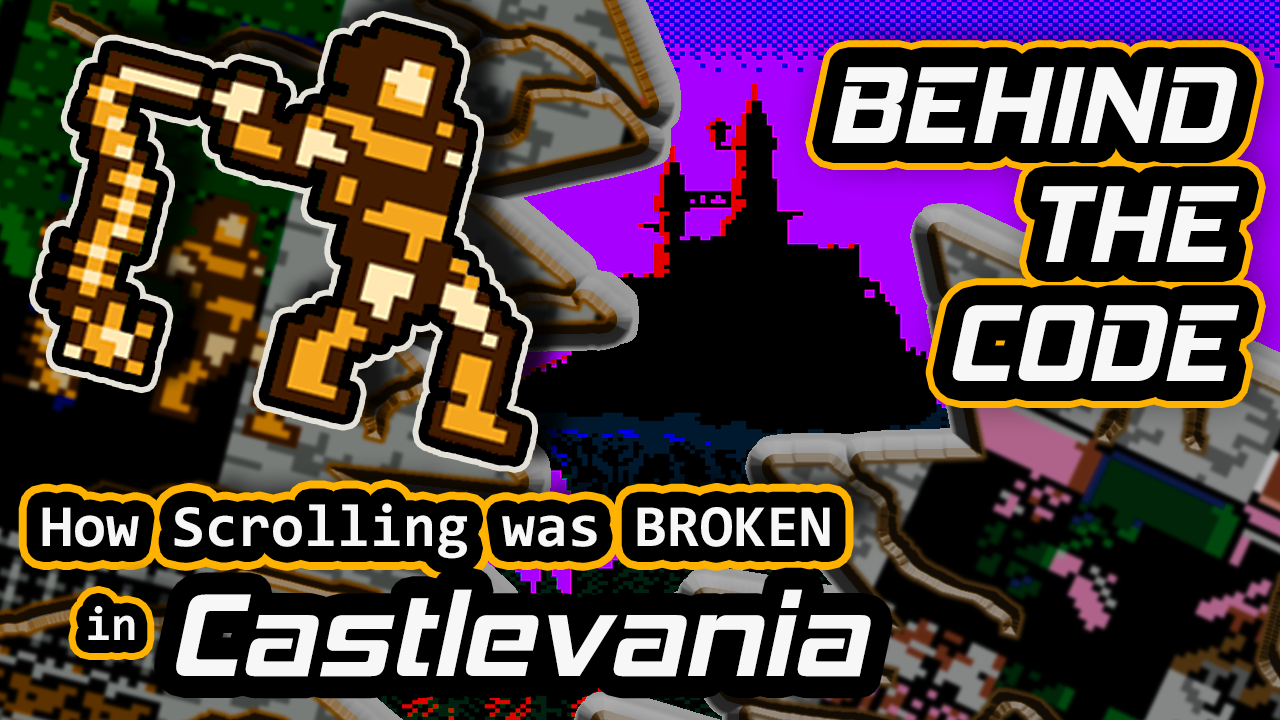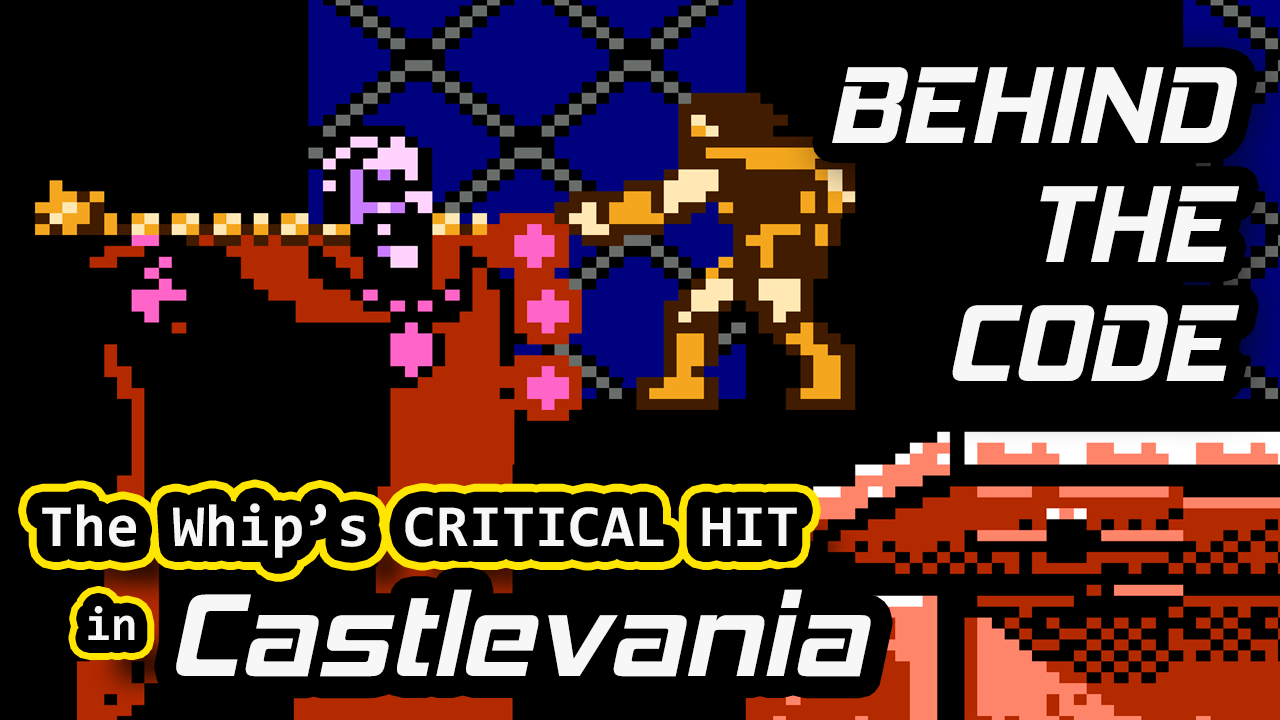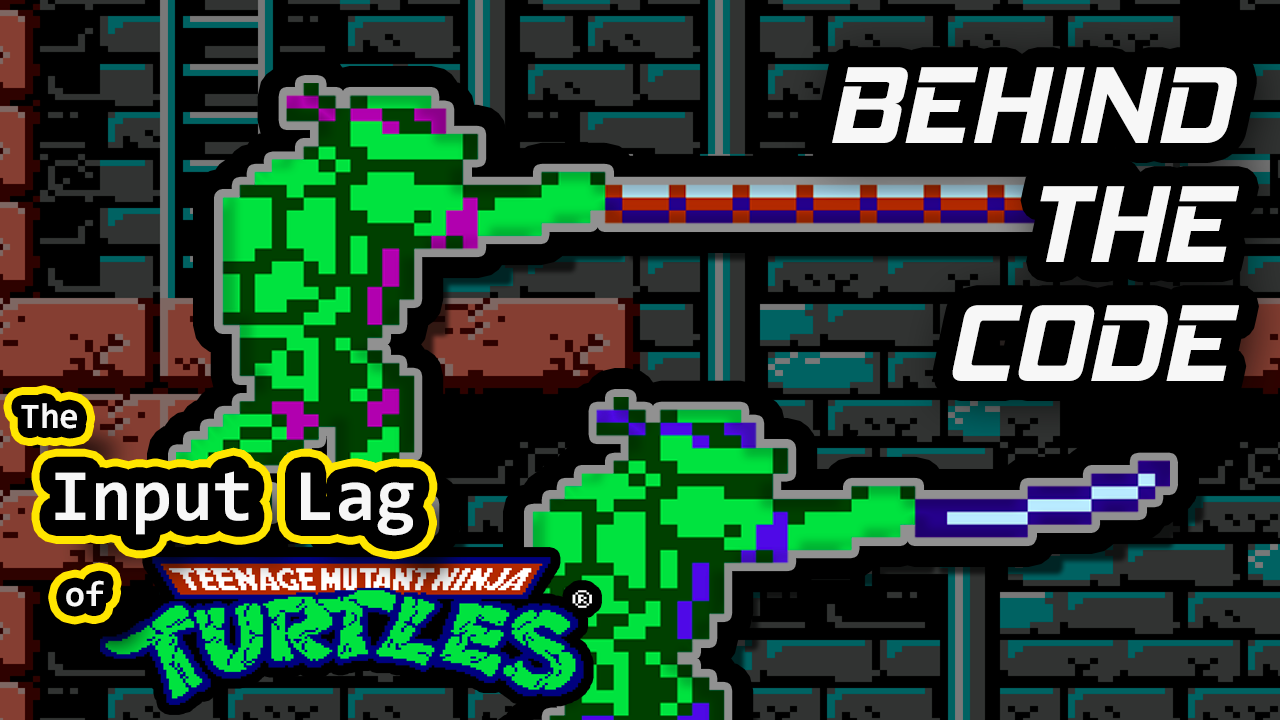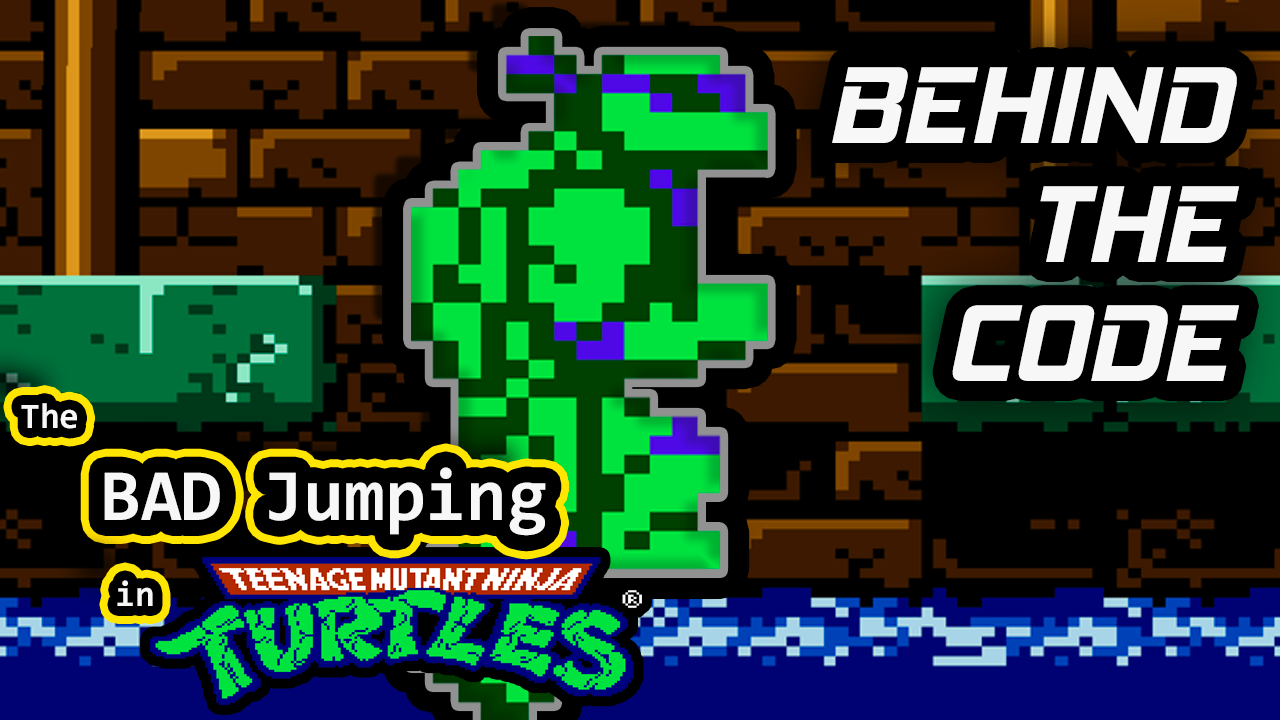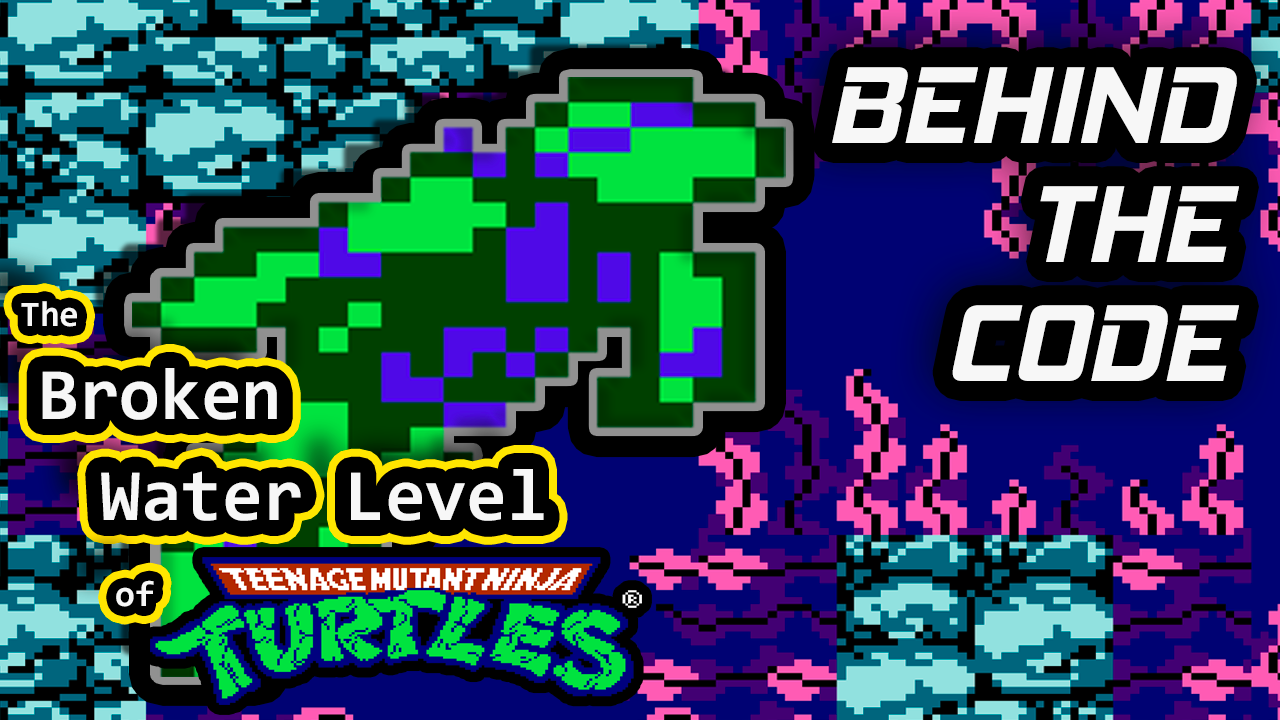NES Sprites, OAM, and the Battle for Priority – Behind the Code
Sprite limitations and flicker define what the NES is. They are a part of history. This video dives into Object Attribute Memory – OAM – to explain why the system is limited to eight sprites on a scanline as well as how both sprite limitation and sprite priority are used by programmers to add some […]
